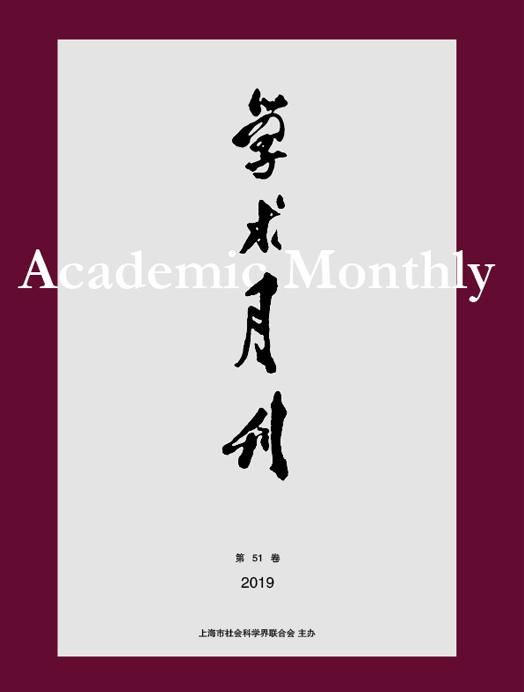-
[1]
Shiping TANG
, Ling GAO
, Li LI
, Yichao LU
. State Capacity: Out of Theoretical Wilderness. Academic Monthly,
2022, 54(11): 68-83.
-
[2]
Puqu WANG
, Bin TANG
. The Three Dimensions of Production Mechanism of National Governance Capacity. Academic Monthly,
2019, 51(4): 65-72, 120.
-
[3]
Shikai WANG
. Political System Capacity: An Analytical Framework to Explain the Rise and Fall of National Governance. Academic Monthly,
2021, 53(10): 88-101.
-
[4]
Huping SHANG
. The Endogenous Risks of the Bureaucratic Organization and their Prevention and Control during the National Governance Modernization. Academic Monthly,
2022, 54(1): 83-97.
-
[5]
. . Academic Monthly,
2016, 48(03): 66-79.
-
[6]
Chenjun YOU
. The Basic State Capacity in the Construction of Rule of Law: From the Perspective of the Ability of National Identity Construction. Academic Monthly,
2020, 52(10): 89-99.
-
[7]
Zhaowang CHEN
. Social Control and State Governance Realized by Welfare State. Academic Monthly,
2022, 54(5): 82-94.
-
[8]
Baiyi WU
, Yifei ZHANG
. The Logic of State’s Return Phenomenon and the Dilemma of Global Governance. Academic Monthly,
2021, 53(1): 80-92.
-
[9]
Cheng GU
, Guoning SUN
. A New Look at International Tax Competition in Modern State Governance. Academic Monthly,
2020, 52(1): 62-72.
-
[10]
. . Academic Monthly,
2017, 49(03): 81-90.
-
[11]
. . Academic Monthly,
2017, 49(08): 88-97.
-
[12]
Shu TIAN
. Moving the Capital to Beijing and the Governance of the Multi-ethnic Country of the Ming Dynasty. Academic Monthly,
2020, 52(12): 145-157.
-
[13]
Aijun ZHANG
, Yuxun SUN
. The Main Perspective of the Shape of Algorithmic Power and National Capability. Academic Monthly,
2021, 53(12): 96-105.
-
[14]
Yao CHEN
, Tiantian CHEN
. How Systems Produce Governance Effciency: 70-Years Experience in China’s National Governance. Academic Monthly,
2020, 52(2): 86-94.
-
[15]
Zhixiang JIAN
, Rong MA
. Language, Construction of Nation-state, and Language Policy. Academic Monthly,
2022, 54(9): 123-147.
-
[16]
Xingjiu ZHANG
. The View of “State” in Action. Academic Monthly,
2021, 53(8): 67-78.
-
[17]
Guangjun ZHOU
. Ethnic Rights in the Evolution of the Nation State Community: Boundaries and Governance. Academic Monthly,
2020, 52(9): 84-94.
-
[18]
Zhenhua HUANG
. Household Logic of National Governance: An Analytical Approach Based on Field Politics. Academic Monthly,
2021, 53(7): 91-104, 178.
-
[19]
Yong XU
. Fundamental Agenda of the State and Chinese Democracy of Government. Academic Monthly,
2022, 54(3): 101-109.
-
[20]
Zhenghan CAO
, Jing NIE
, Xiaoming ZHANG
. Centralization and Decentralization of Public Goods Provision in China: The Relations with State Governance. Academic Monthly,
2020, 52(4): 69-83.



 沪公网安备 31010102003103号
沪公网安备 31010102003103号 DownLoad:
DownLoad: